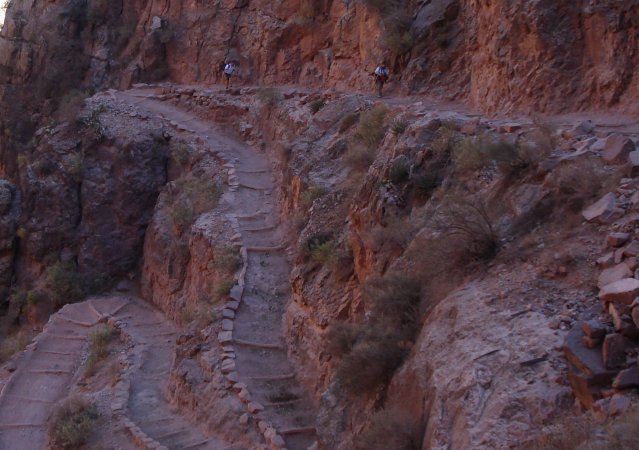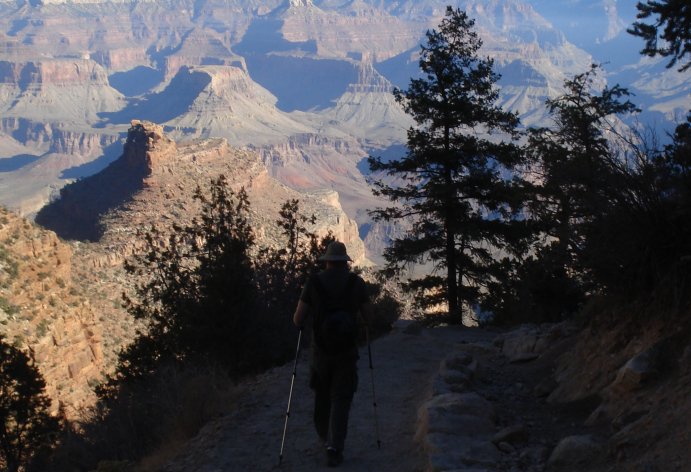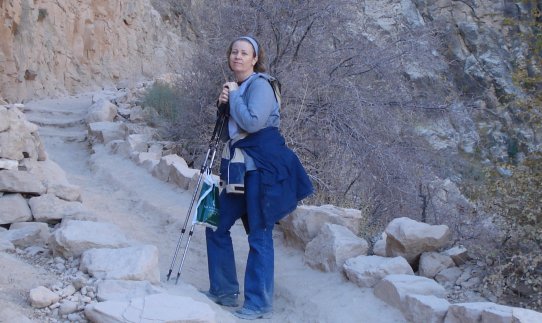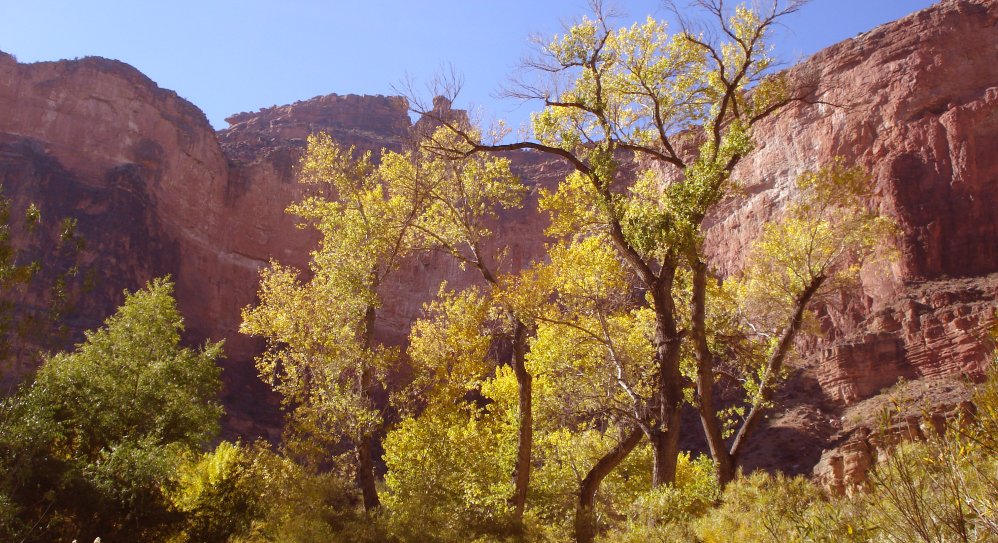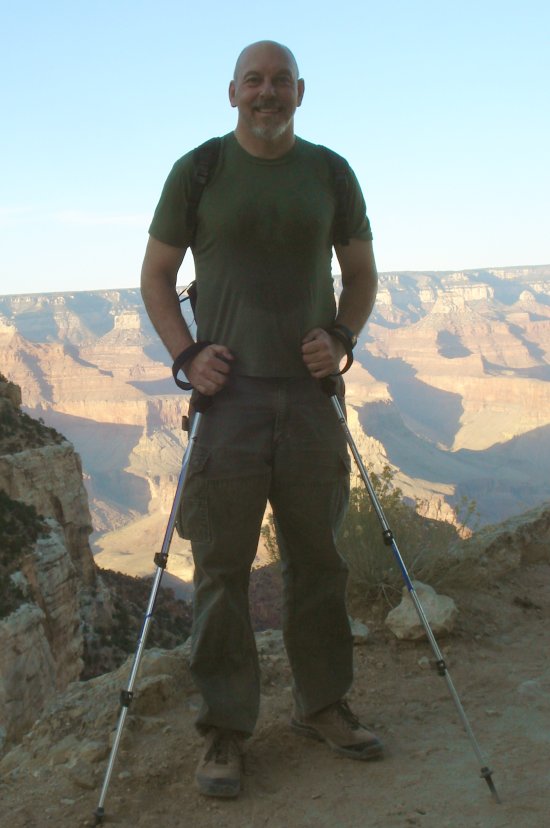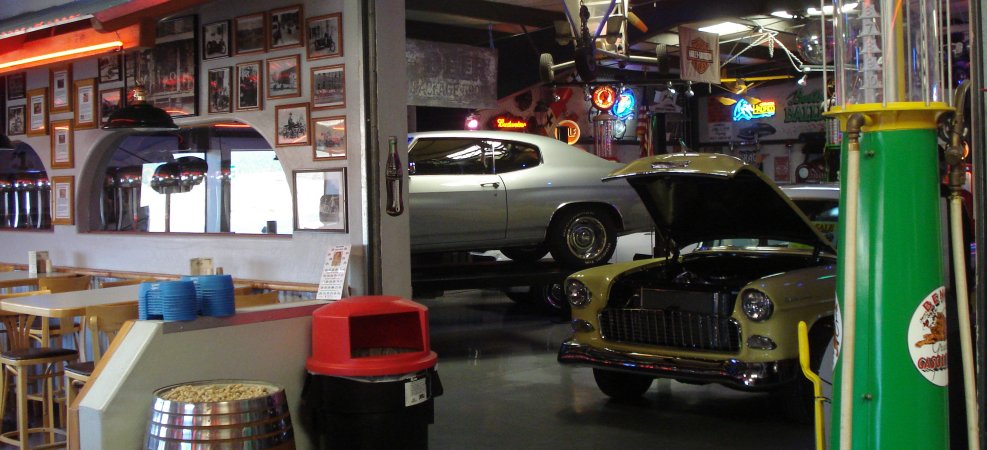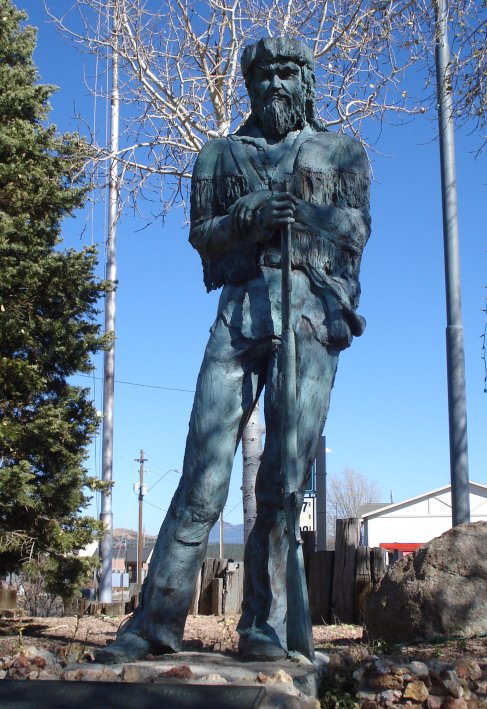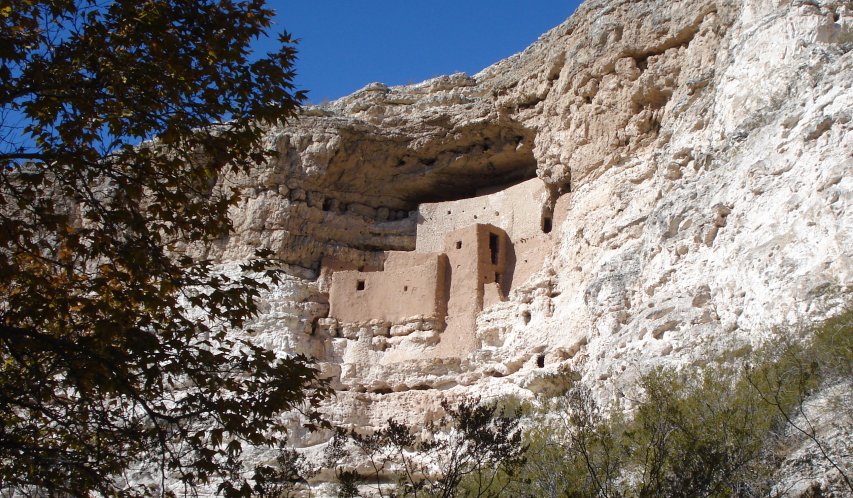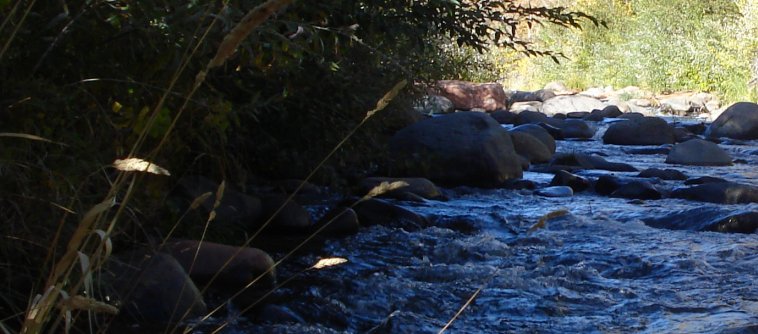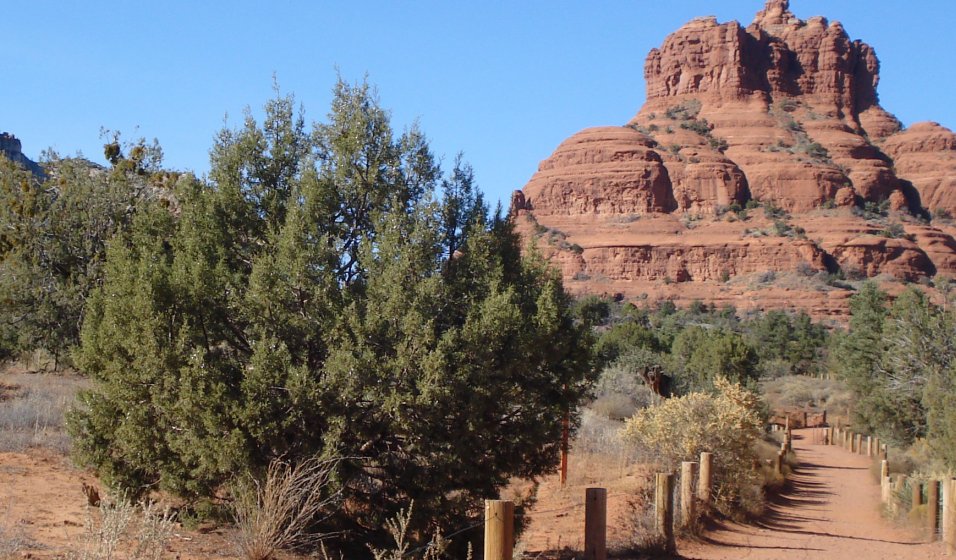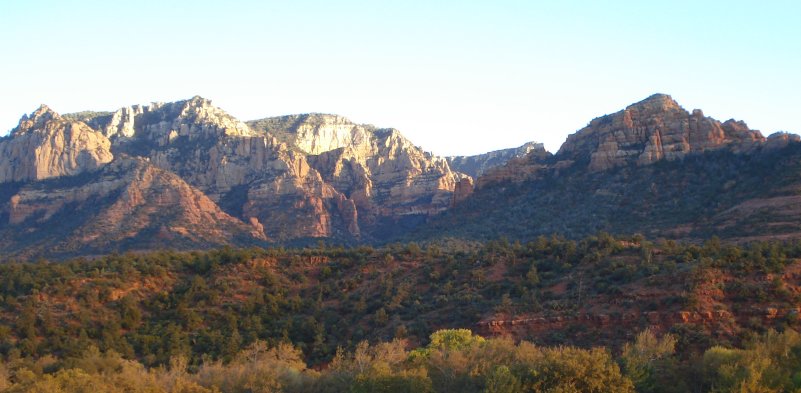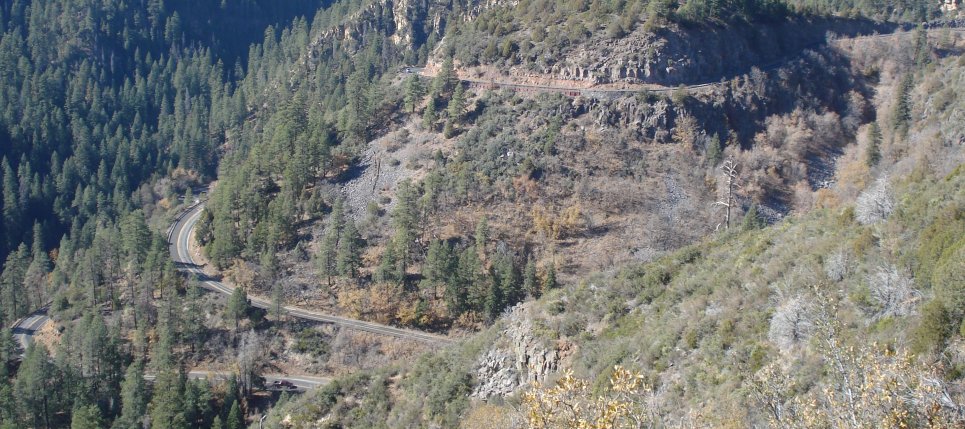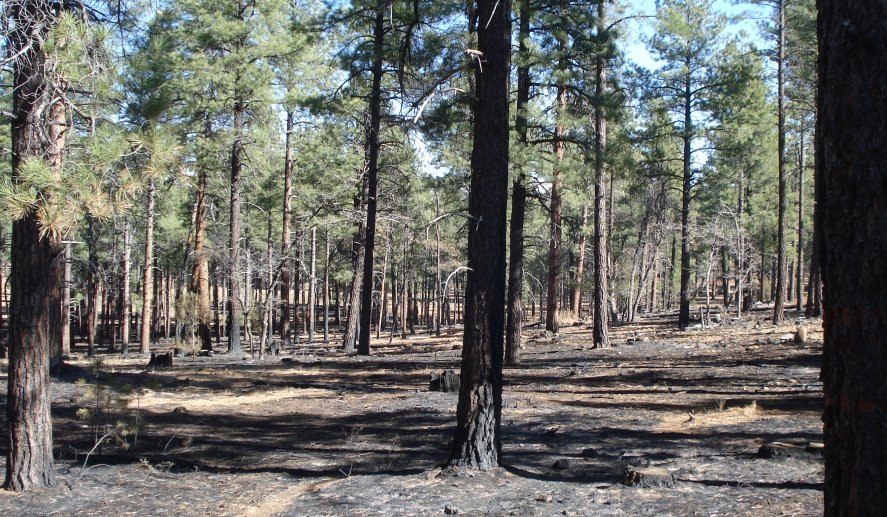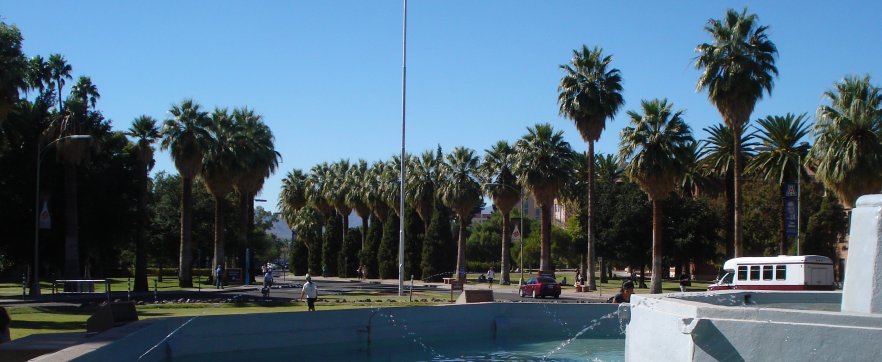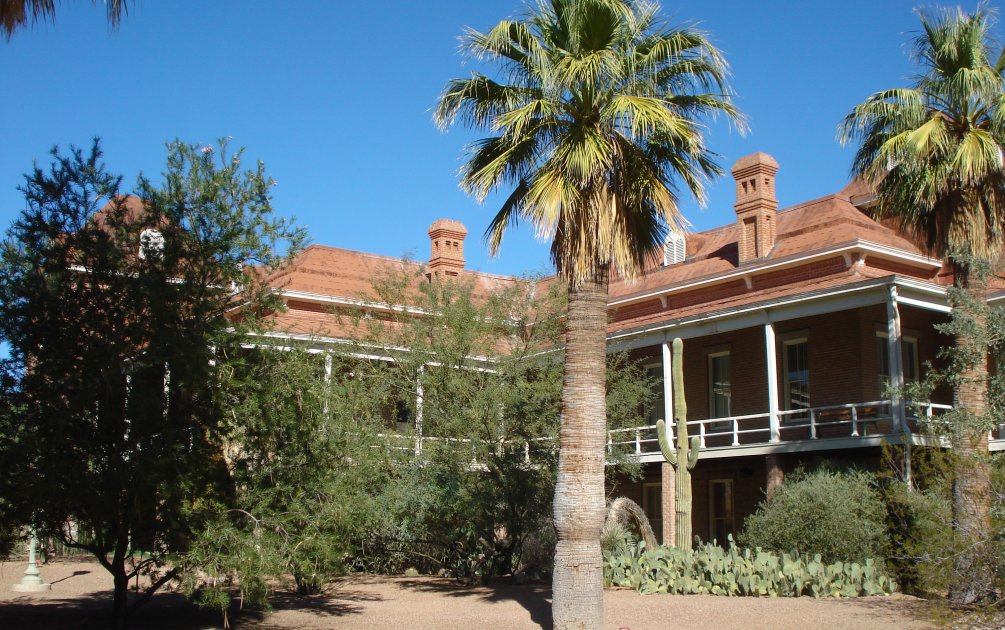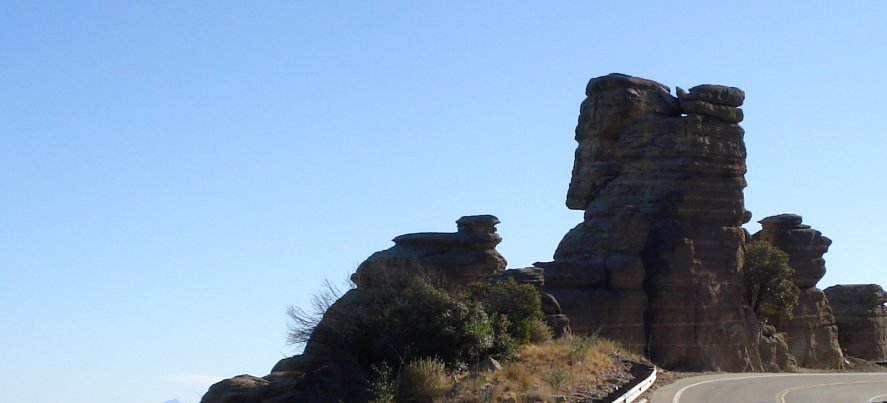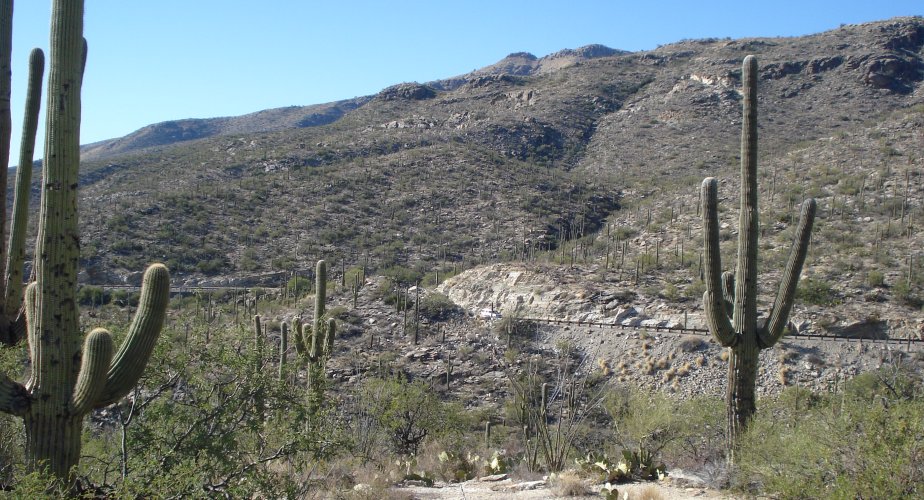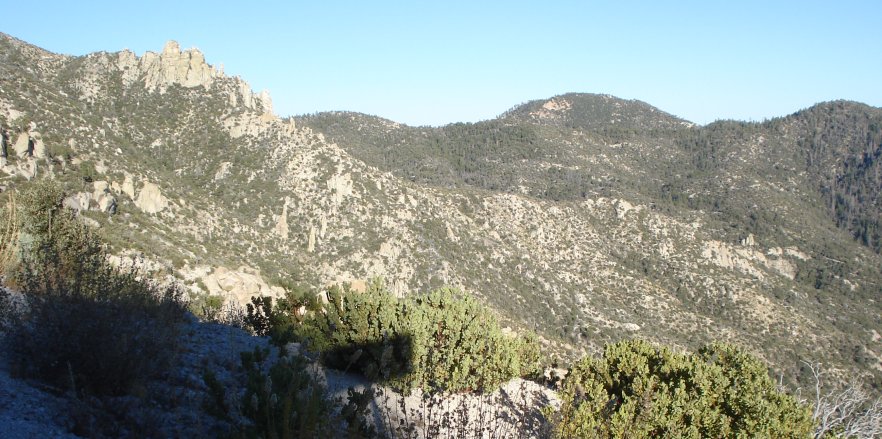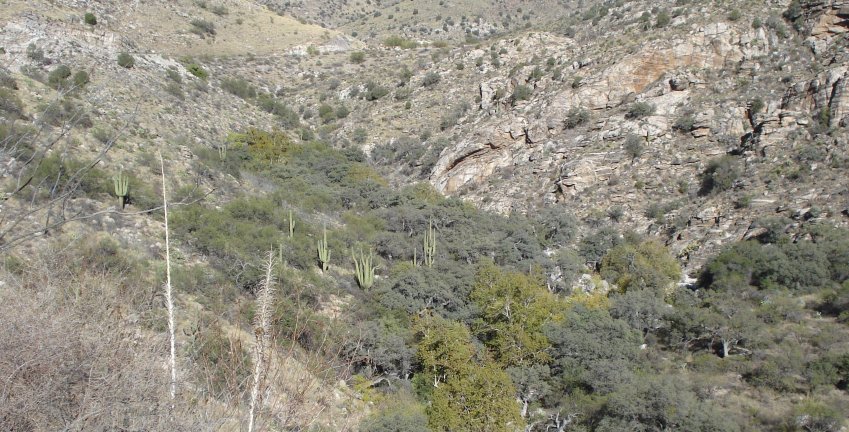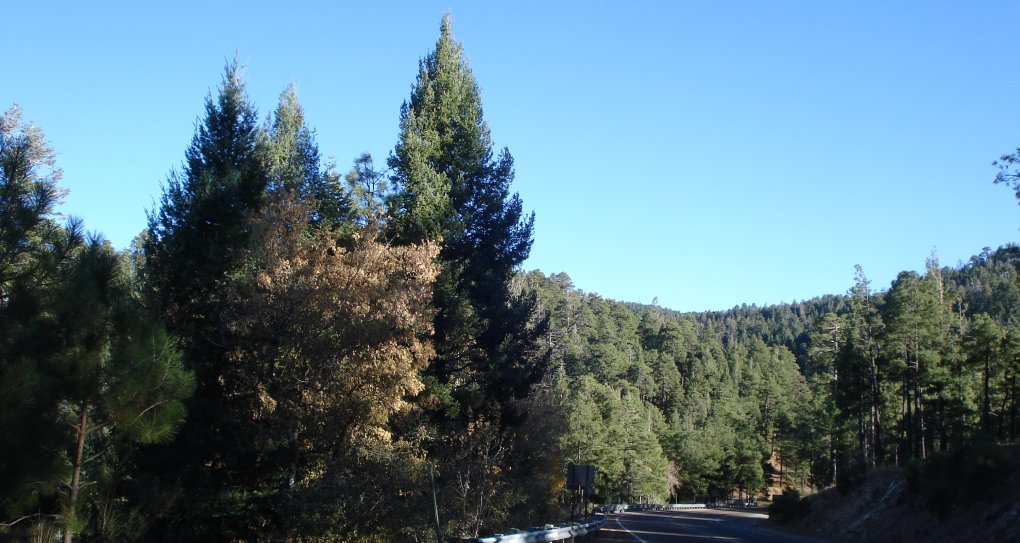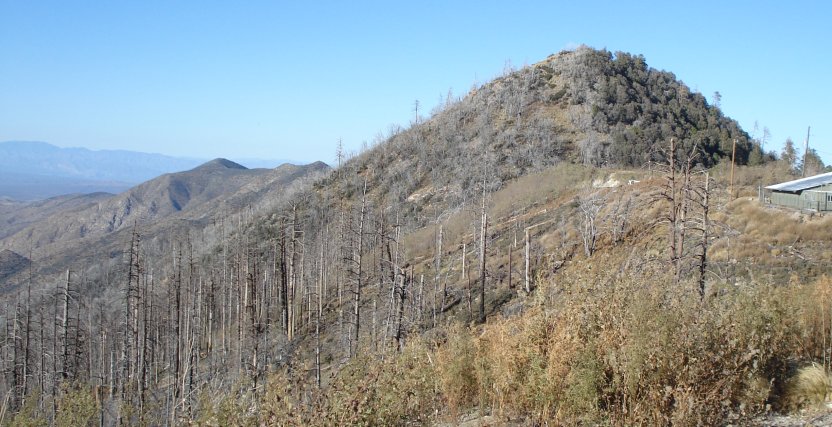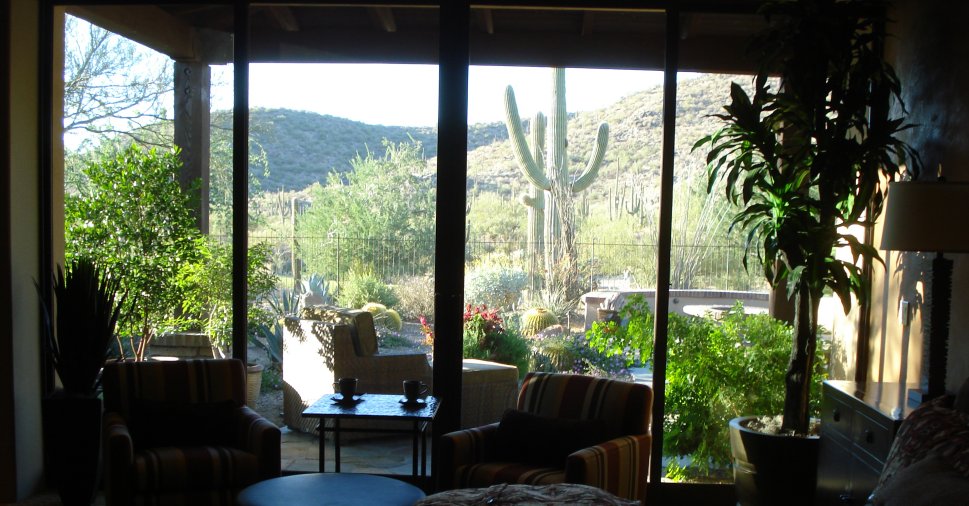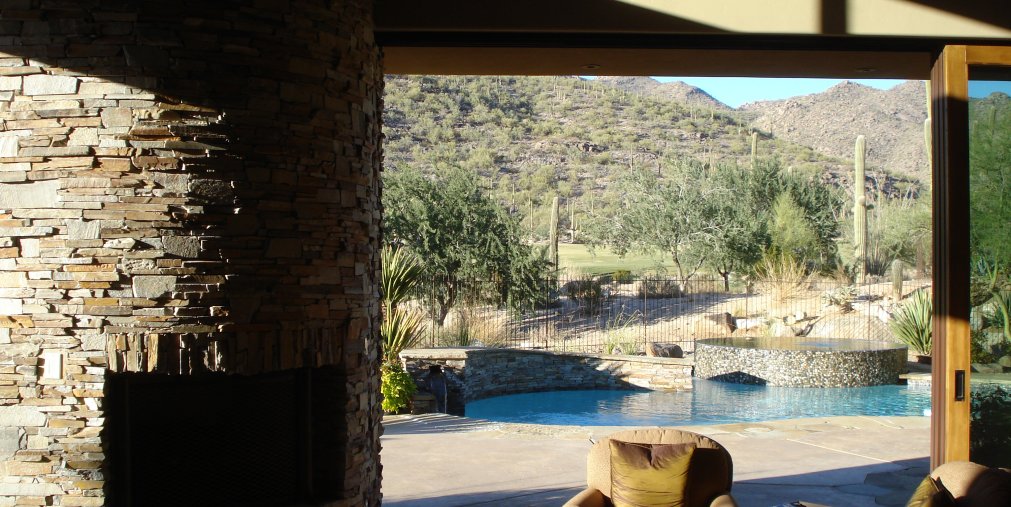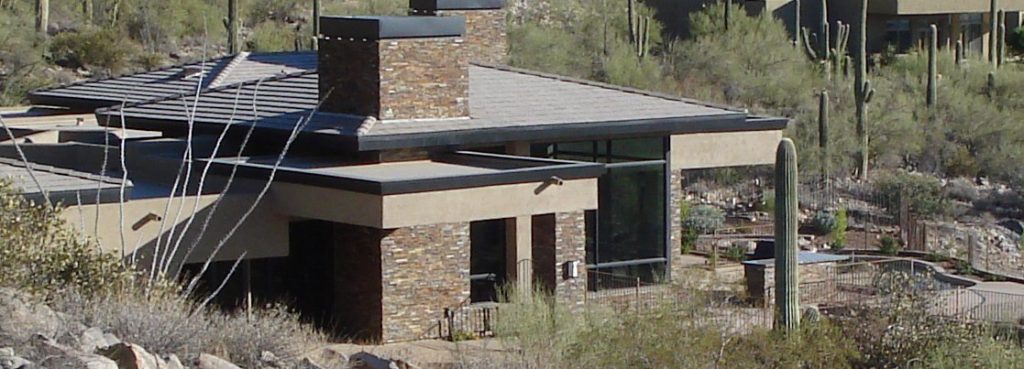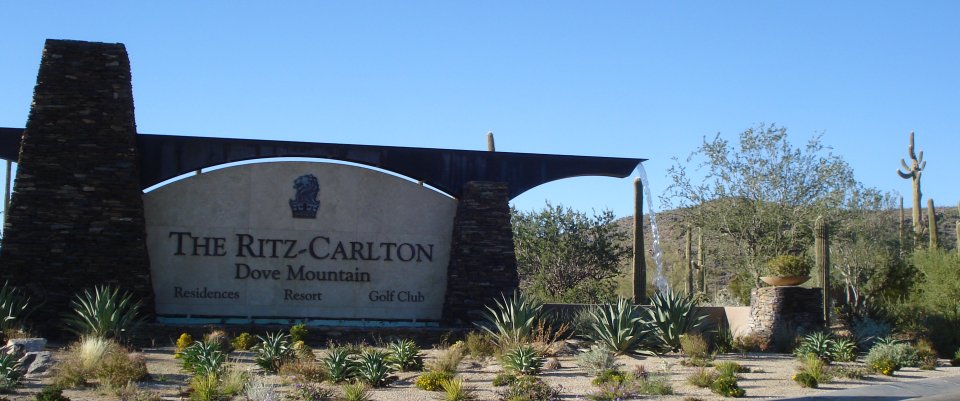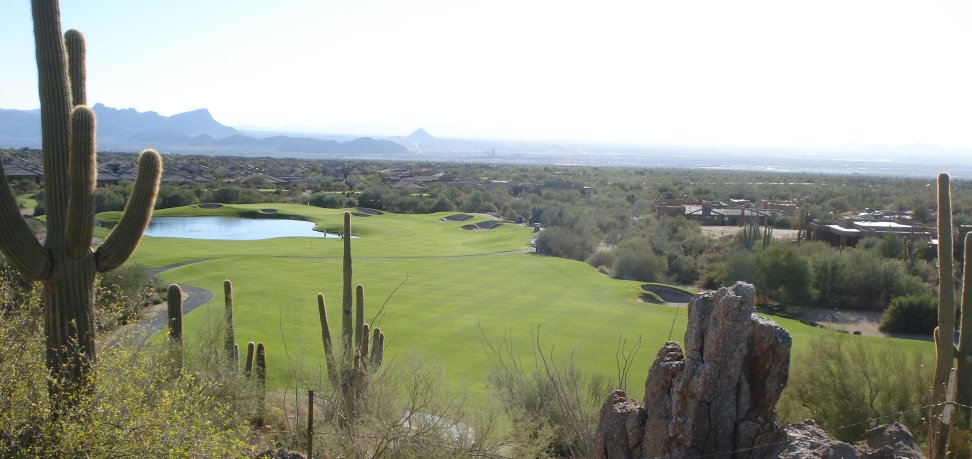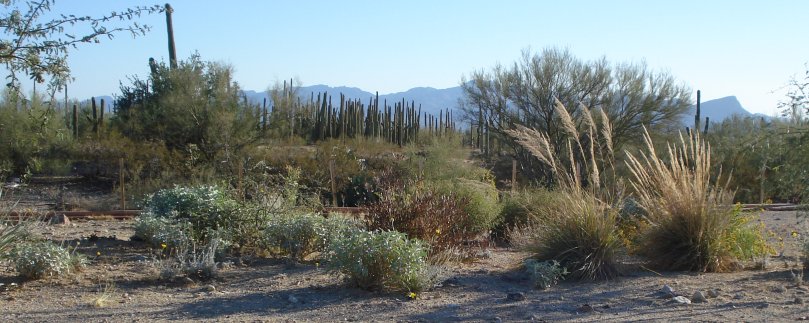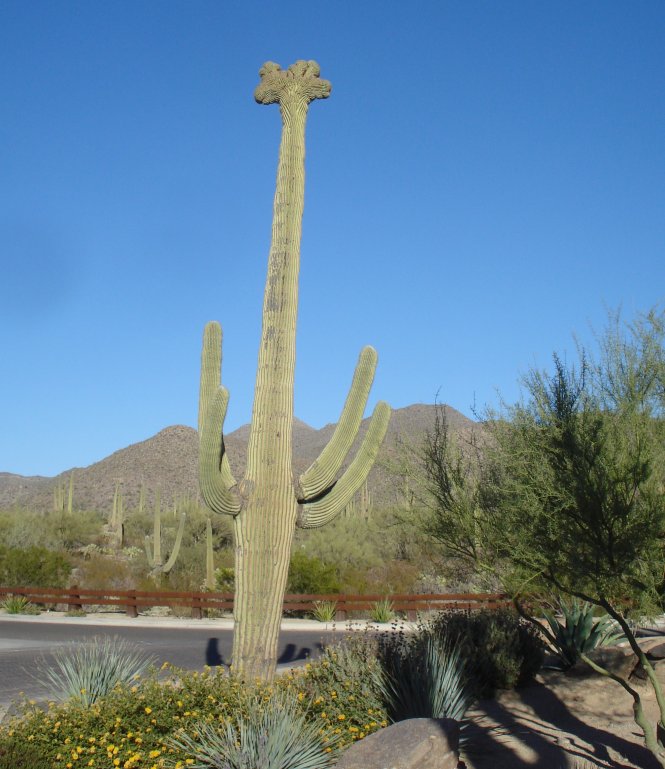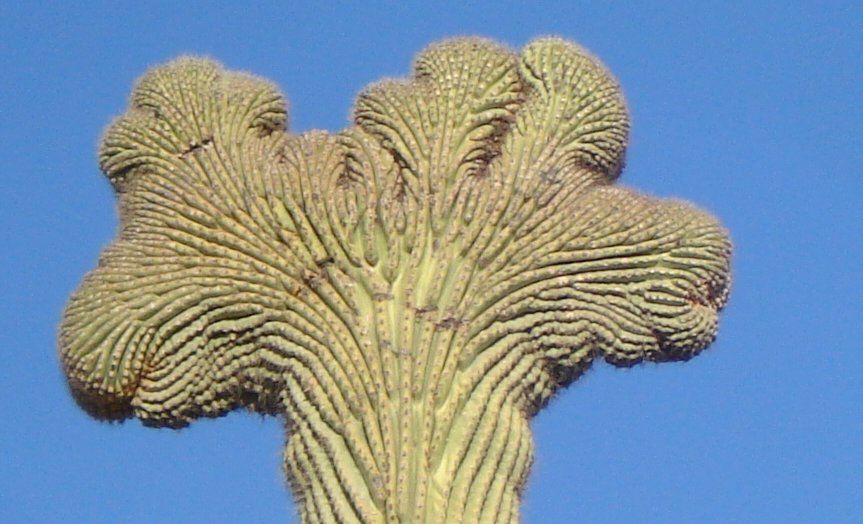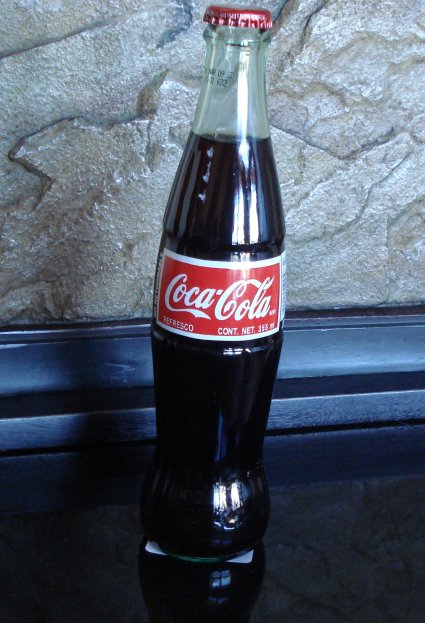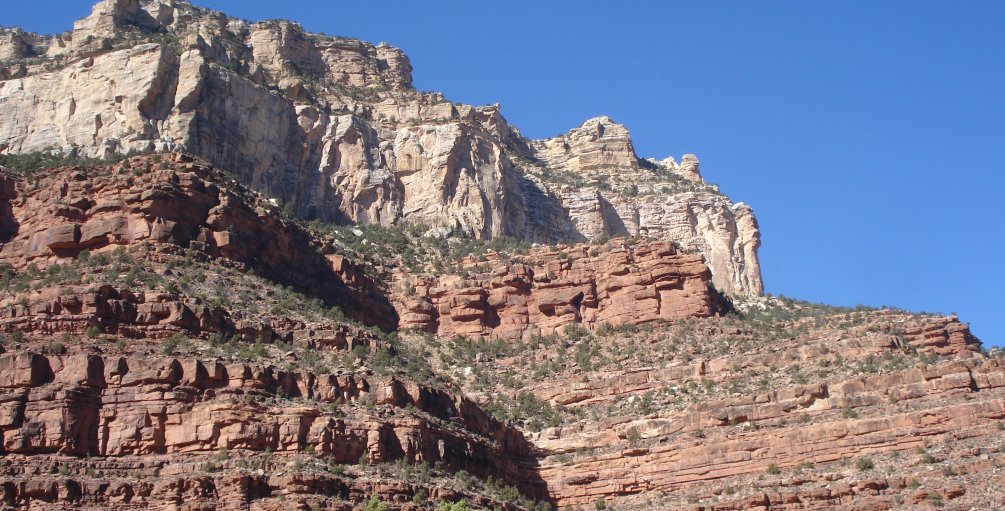
The pictures I took of the canyon do not do it justice. It is hard to get my camera to adjust properly to the combination of bright light and dark shadows. Even when the light works, the colors don’t show exactly right and it is impossible to convey the depth. But this is the best I can do. You will have to come here yourself.
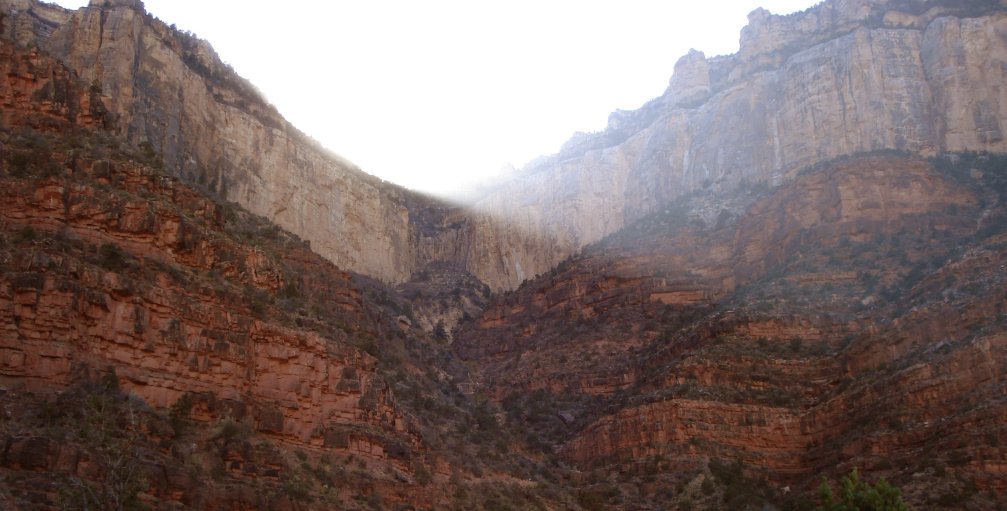
The light seems to spill into the canyon when the sun is just over the rim. There is still a little haze in the air. I think it is left over from prescribed burns to manage the neighborhood forests, as described in earlier posts.

Above & below are canyon panoramas. The bottom one was taken just at dusk, so there are not the shadows. When you see the canyon in person, the shadows make it much more beautiful as you eyes can move and adjust. But the pictures come out better w/o the sunlight. I bet the nicest photos could be made when high clouds blocked some of the direct light.
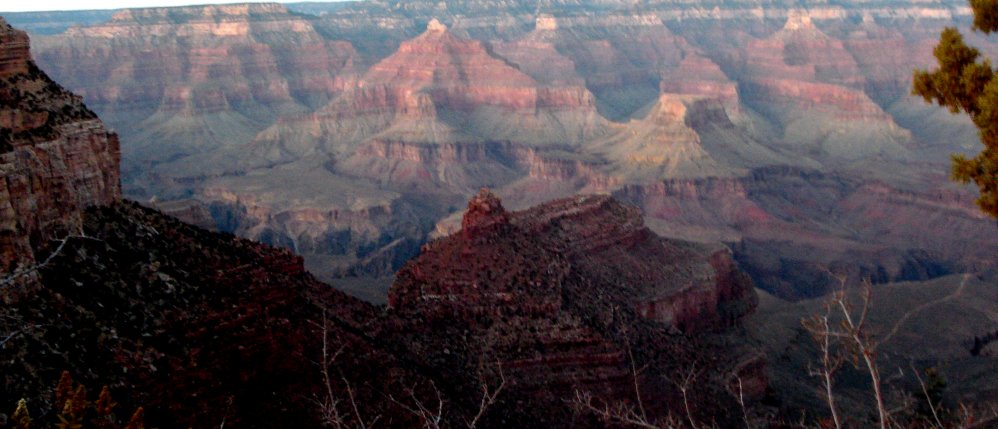
View Master
The best pictures of the Grand Canyon were the old View Masters I had as a kid. The canyon seems very familiar to me today because of the many visits I made via View Master. The simple technology worked great and the fact that we didn’t have very many options gave me the exposure I still remember more than forty years later.
The Real Thing Requires a Little Pain
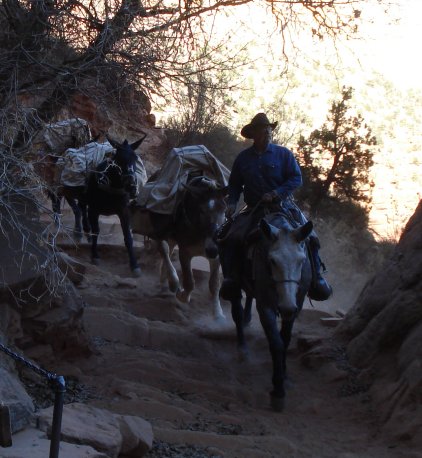
Everything goes in and out of the Canyon on mules or people. They don’t bring machines, which makes the trails and facilities more primitive and much nicer.
I hope it never changes. IMO, views and experiences are better when you have to earn them. Some day I will be too old to make the journey and then I will have only memories and pictures. So sad, but so right.
I don’t want it to be made easily accessible for me or anybody else. Not only would that impact nature adversely, the experience of the Canyon would be different and much shallower if you could just drive down in air conditioned comfort or take an elevator.
It is that way with most things. A rest you earn with good hard work is different and better than when you just get to lay around. Achievement easily given is not achievement you value.
Most people stay on top and marvel at the beauty in a more detached way. Good. Keep it that way. The more spiritual experience requires a little more skin in the game. The sweat and exertion are part of it. An erzatz version would be worse than nothing, or at best a feeble imitation. We already have too much of that in today’s world.
